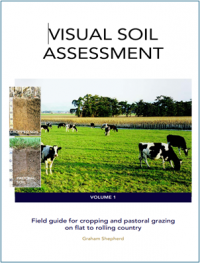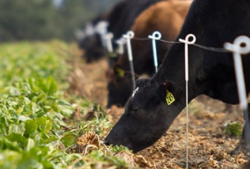Good Management Practices 12-15 aim to minimise direct and indirect losses of sediment and nutrients to water. Maintaining soil structure and quality reduces the risk of erosion, overland flow, and leaching. GMPs12-15 achieve this without being prescriptive about the cultivation or soil management techniques used, instead, acknowledging that there are many agronomic considerations to take into account on a paddock-by-paddock and season-by-season basis.
How you can do this:
Paddock selection
General management

Manaaki Whenua Landcare Research have produced this self-explanatory field guide containing all the information necessary to carry out VSA on your land.
Soil management
You can show you meet this GMP with:
How you can do this:
You can show you meet this GMP with:
* Productive Land Classification (PLC) is the Council's framework for evaluating land productivity. It aligns with the National Policy Statement for Highly Productive Land (NPS-HPL) which uses the Land Use Capability (LUC) system to define highly productive land. A PLC mapping layer will be available for the Freshwater Farm Plan rollout. For immediate access, please contact the Council's Soils Team: land@tasman.govt.nz.
How you can do this:
You can show you meet this GMP with:
 Head over to our Intensive Winter Grazing (IWG) page, where we have provided a run-down of what you need to achieve to meet the National Environmental Standards for Freshwater Regulations for IWG. There, you’ll find links to Government and Industry Organisations templates for paddock risk assessments and for creating your own IWG plan. There is also industry guidance on these management practices and options to manage pugging, groundcovers, and CSAs.
Head over to our Intensive Winter Grazing (IWG) page, where we have provided a run-down of what you need to achieve to meet the National Environmental Standards for Freshwater Regulations for IWG. There, you’ll find links to Government and Industry Organisations templates for paddock risk assessments and for creating your own IWG plan. There is also industry guidance on these management practices and options to manage pugging, groundcovers, and CSAs.
How you can do this:
Deer Farming
Dairy
You can show you meet this GMP with: